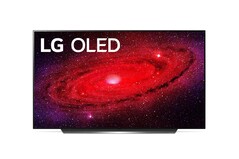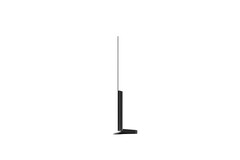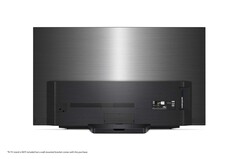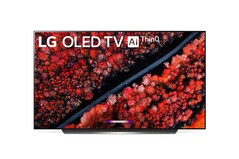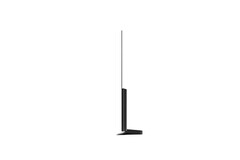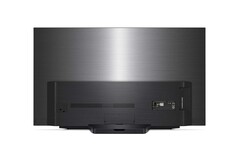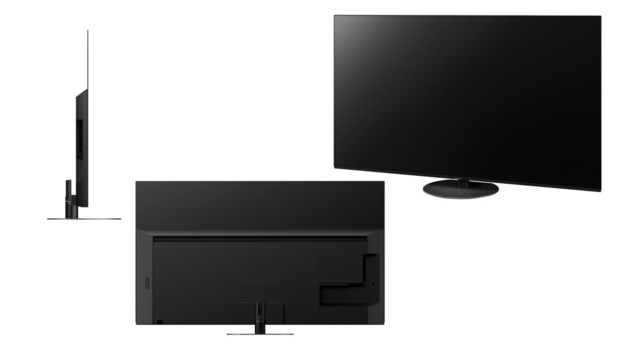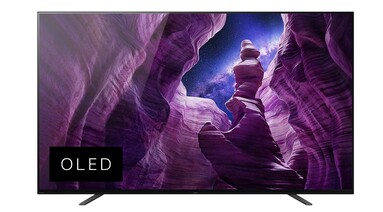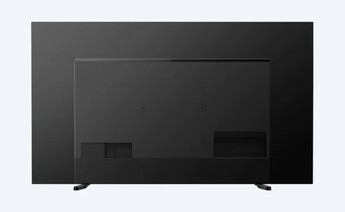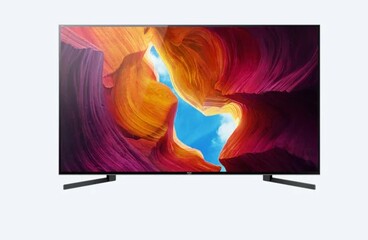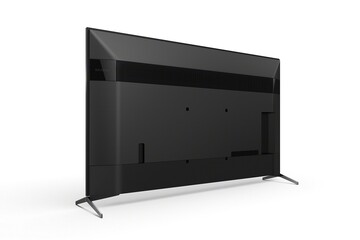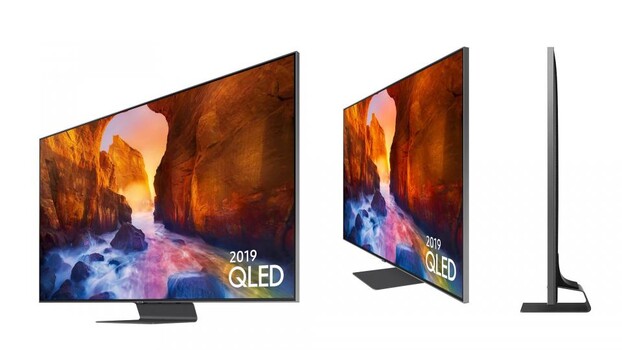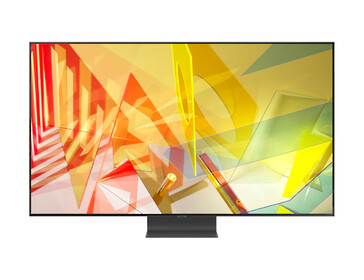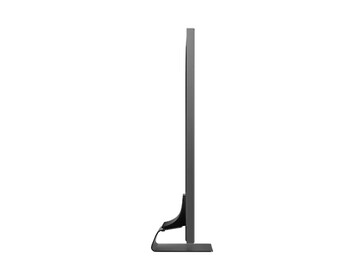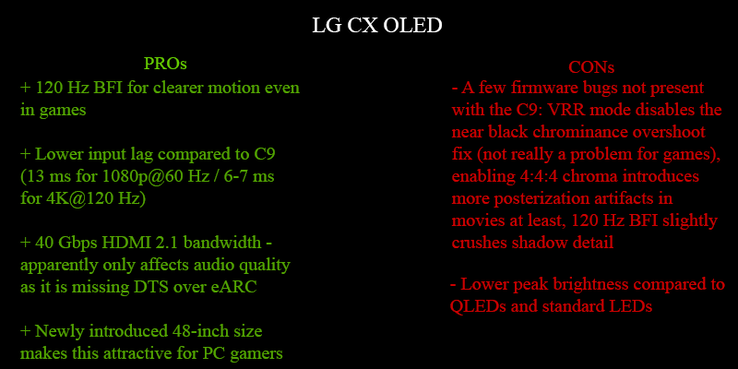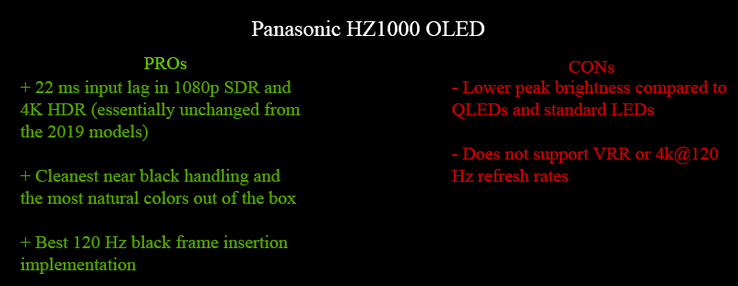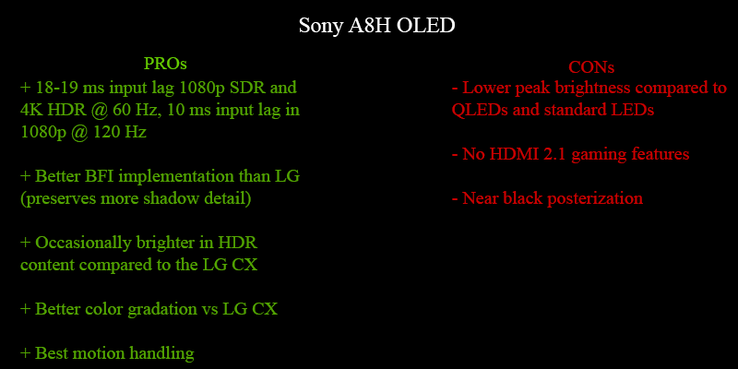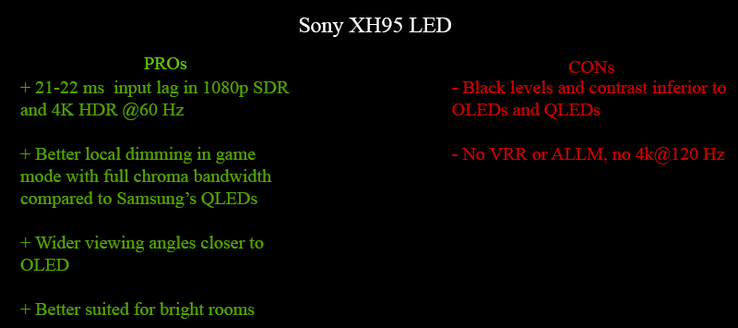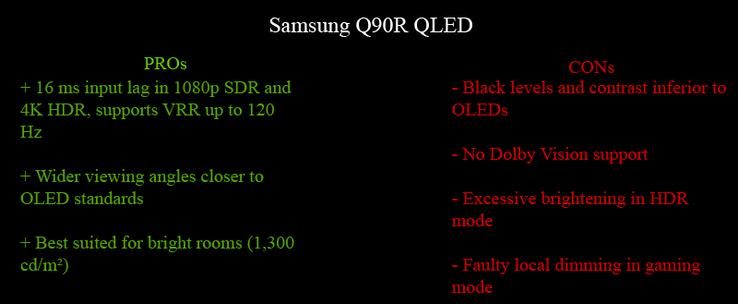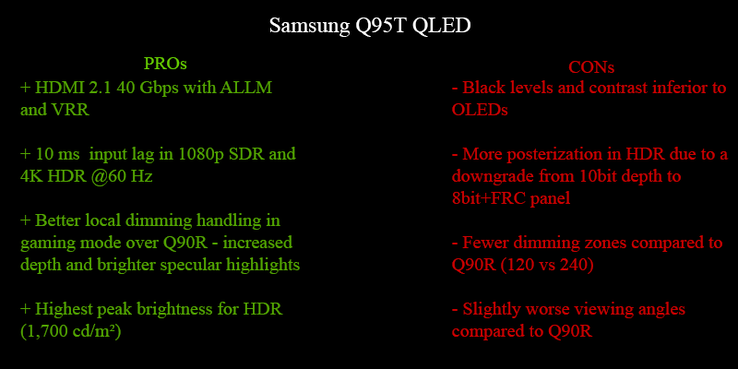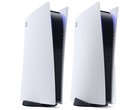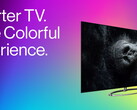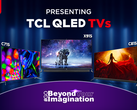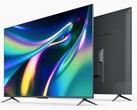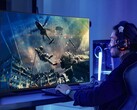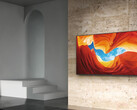The next-gen consoles from Sony and Microsoft will come with HDMI 2.1 support and promise to deliver up to 120 fps even for games running in 4K resolutions. All these cool new features sure sound awesome, but they do not really mean much without a screen that itself offers HDMI 2.1 compatibility. For the time being, only LG’s OLEDs and Samsung’s QLEDs support the HDMI 2.1 standard, making these displays best suited for console and PC games, while the other brands are not entirely focused on the gaming aspect. However, we are not anticipating to see too many AAA console games running at 120 fps any time soon, so, even if Sony and Panasonic may be lacking some of the HDMI 2.1 features, they at least offer support for 4K @ 60 Hz, which should be enough for the next few years. Therefore, this will be a comparison where we analyze the pros and cons for the best gaming-oriented OLED, QLED and FALD LED TV models available right now, regardless of pricing.
LG’s OLEDs: CX vs C9
Year after year, LG has strived to improve the input lag for its OLED lineups, favoring them as the gaming screen of choice. The 2020 models (aka the X-series) are no doubt the most responsive TVs on the market as of yet, but are they overall better than the C9 models launched in 2019? Some will immediately argue that the 40 Gbps bandwidth on the CX is clearly inferior to the 48 Gbps one on the C9. Without hardware that can actually make use of the full HDMI 2.1 bandwidth (i.e. Ampere and Big Navi GPUs plus next-gen consoles), it is hard to tell if this is indeed the case. In theory, the screens should have the same performance, as both models use the same 10-bit panels, and 120 Hz 4:4:4 chroma in 4K HDR mode only requires 40 Gbps.
Regarding input lag, the CX has slightly better specs, plus it now offers native support for 4K @120 Hz. For 1080p and 4K @60 Hz, the lag on the CX is only 13 ms, while the lag on the C9 is almost 14 ms, so not much of a difference in this case. 1080p@120 Hz is almost the same on both screens, hovering at around 6 ms. The real difference is recorded in 4K @120 Hz, where the CX has a 6 ms lag, while the C9 lags by 15.9 ms.
LG includes a 48-inch version for the BX and CX models this year, making these smaller screens more appealing to PC gamers as well as console gamers that do not have enough room for screens over 55 inches.
The CX is not without problems, though. The current firmware comes with a few bugs that appear to be fixed on the latest C9 firmware:
- the chrominance overshoot fix for near black flickering is disabled in VRR mode
- enabling 4:4:4 chroma introduces some posterization artifacts for HDR content
- 120 Hz black frame insertion (BFI) algorithm slightly crushes shadow detail (this is usually used for movies, so gamers will probably not care about this feature)
Another problem for the CX is that some specular highlights appear to be slightly dimmer in HDR content compared to the C9. There is also the fact that OLEDs are generally dimmer than QLEDs or FALD LEDs because of the brightness limiter restrictions that are supposed to limit burn-in issues. Thus, the C9 and CX can only ramp up to around 750 cd/m², while other types of displays can go well beyond 1,000 cd/m². Speaking of burn-in issues, the latest OLED screens are far less prone to this type of problem compared to the first models released in the early 2010s. Many gamers are afraid to make the jump to OLEDs because of burn in, but, as long as users vary the content displayed on screen (i.e. a few hours of gameplay combined with movie-watching sessions etc.), this should be a non-issue.
Panasonic HZ1000 OLED
This year’s high-end OLED from Panasonic comes with no HDMI 2.1 gaming features, despite using the same panel as the LG CX (all OLED panels are made by LG currently). Panasonic is mostly known for its color accuracy, and the HZ1000 really stands as proof of this. Many of the professional reviewers concluded that this TV delivers the cleanest near black handling among all OLEDs, and it also comes with the most natural colors pre-calibration with no perceivable posterization artifacts.
If you really want to get the most out of movies and series, then this is the TV for you. It can still be a good gaming TV since it offers a relatively low input lag of around 22 ms for both 1080p and 4K @60 Hz SDR / HDR. Despite the absence of 120 Hz VRR, the TV does have the best 120 Hz black frame insertion algorithm on the market, which will be appreciated by movie enthusiasts.
Sony A8H OLED
Sony’s A8H is a bit more gamer-friendly compared to the Panasonic HZ1000 but still does not support full HDMI 2.1 features like 4K @120 Hz, variable refresh rate or auto low latency mode. We do, however, get very good input lag figures with 18-19 ms in 1080p SDR / 4K HDR @ 60 Hz and as low as 10 ms in 1080p @120 Hz.
The 120 Hz BFI from Sony is superior to any LG implementation so far, but it does not beat Panasonic. The one thing that Sony does better than any other brand is motion handling, which will most likely be more apparent while watching fast-paced sports. Other strong points for the Sony OLED include the superior color gradation with no noticeable posterization and the occasional brighter specular highlights in HDR mode when compared to the LG CX.
The only real minus for this model is the pronounced near black posterization, but this problem is only noticeable in lower quality sources like streamed movies, so it should not be too apparent in games.
Sony XH95 LED
The only FALD (full array local dimming) LED TV worth comparing with all the other technologies, Sony’s XH95 can hold its own despite having the most limited contrast ratio. Its two major benefits over OLEDs are the absence of burn-in problems and the peak brightness of over 1,000 cd/m² that makes FALD LEDs ideal for brighter environments. Also, compared to QLEDs, the FALD LEDs from Sony deliver better local dimming in game mode with 4:4:4 chroma resulting in punchier colors and brighter specular highlights. Viewing angles are slightly better than QLEDs but worse than OLEDs.
Since the pixels are not controlled separately, the dimming-zone algorithm could occasionally accentuate blooming problems for very bright objects against dark backgrounds, plus the black levels will never be as deep as those delivered by OLEDs because of the inherent LED light leakage, which is also related to screen uniformity problems like dirty screen effect or different luminance intensities for certain screen zones.
As far as gaming features go, the XH95 does not offer support for HDMI 2.1, so no 4K @120 Hz, VRR or ALLM. Nevertheless, the input lag in 1080p SDR and 4K HDR @60 Hz is at a decent 21-22 ms.
Samsung Q90R QLED
Samsung is all about the QLED technology lately. The South Korean giant recently ceased production of all LED panels and is looking to integrate its quantum dot tech with OLED panels sometime next year, essentially becoming LG’s direct competitor as the second OLED panel maker. As a general rule of thumb, QLEDs still use FALD backlight matrices just like conventional LEDs but are supposed to have darker black levels and improved brightness since Samsung is using that special quantum dot array instead of liquid crystals. For this comparison, we’ll be looking at two of Samsung’s best QLED models currently available on the market: the Q90R range from 2019 and the Q95T (Q90T) released this year.
Judging by its higher price, the Q90R model could be considered superior to the Q95T. This is made clear by the fact that the 2019 model has 240 dimming zones compared to the 120 dimming zones on the Q95T. Additionally, the Q90R has a true 10-bit panel, while the Q95T integrates an 8-bit+FRC panel.
Despite these superior specs, the Q90R still does not offer a better gaming experience, as it does not support HDMI 2.1. However, it includes VRR for 1080p @ 120 Hz, and the input lag for all resolutions and modes is around 16 ms. Peak brightness is among the highest with 1,300 cd/m² and viewing angles are closer to OLED than conventional LEDs.
Glaring problems with the 2019 models include the absence of Dolby Vision support, the excessive brightening in HDR and the faulty local dimming in game mode, which causes raised black levels, lower contrast and lower brightness for specular highlights.
Samsung Q95T/Q90T QLED
Even though Samsung added an HDMI 2.1 port with 40 Gbps bandwidth on this model, the 8-bit+FRC panel is clearly inferior to that of the Q90R, which is a strange choice considering that HDMI 2.1 shines best on 10-bit and even 12-bit panels. The lower bit depth is particularly apparent in HDR content, yet this model is better suited for gaming as it supports VRR and ALLM and 1080p / 4K @120 Hz in HDR with a low input lag of only 10 ms.
Another paradox for this model is its superior local dimming performance in game mode despite having only 120 dimming zones. Having only half the dimming zones than the Q90R, the Q95T is still able to deliver better black levels, punchier colors and brighter specular highlights.
The Q95T(Q90T) also happens to be the brightest of all the models compared here with a peak luminance of 1,700 cd/m². Viewing angles are slightly worse than those on the Q90R.
Conclusion
LG clearly offers the most comprehensive set of gaming features, yet not the same could be said for overall image quality. If this aspect is more important for you, you could go with the Panasonic or Sony OLEDs. While not exactly on par with the OLEDs when it comes to deep black levels and contrast, the QLEDS and FALD LEDs still remain the better choice for bright environments due to their superior peak luminance. This year's Samsung QLEDs seem to offer the best of both worlds, as they are the brightest displays and also come with all the HDMI 2.1 gaming features.
Disclaimer: this is not a sponsored article and recommendations are purely based on specs and overall performance





